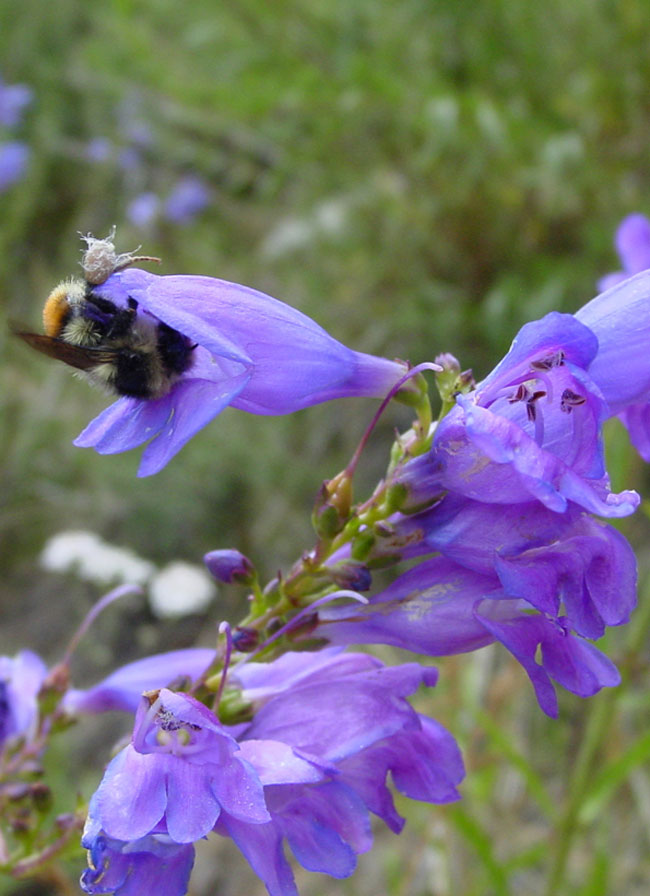Bees Have Favorite Color

There might actually be a useful purpose for having a favorite color—at least if you're a bee.
The favorite color of the buff-tailed bumblebee (Bombus terrestris), violet in its case, could help it find more sweet nectar, scientists now find.
Researchers took bees that had never seen real flowers from nine southern Germany bumblebee colonies and exposed them to violet or blue artificial flowers in the lab. The investigators found these bees—one of the most numerous bumblebee species in Europe—often prefer violet to blue, seemingly innately.
The scientists then let bumblebees from the same colonies forage for nectar from real flowers in their natural habitat. The violet flowers where the bees dwell produced far more nectar than the next most rewarding flower color, blue. So bee colonies that preferred violet harvested more nectar, findings detailed in the June 20 issue of the journal PLoS ONE.
"If you talk with friends, everyone has favorite colors, and now we find these might actually be useful," said researcher Nigel Raine, a University of London evolutionary ecologist.
Past research has shown animals often have favorite colors, smells and other signals when it comes to choosing a mate, but little research has been carried out concerning how such sensory preferences affect searches for food. These new findings suggest the bumblebees developed their favorite color over time to coincide with the most nectar-rich flowers available. Indeed, violet or blue flowers are often the most rewarding flower colors in many habitats.
The work could have implications for other species, "with inbuilt sensory biases helping out inexperienced animals," Raine suggested. "We might expect monkey species living in thick forest to prefer reddish colors to help them to find ripe fruits against the predominantly green background."
Get the world’s most fascinating discoveries delivered straight to your inbox.
- Video: Wasp Hound
- Amazing Animal Abilities
- Bees Can Predict Temperature in Flowers



